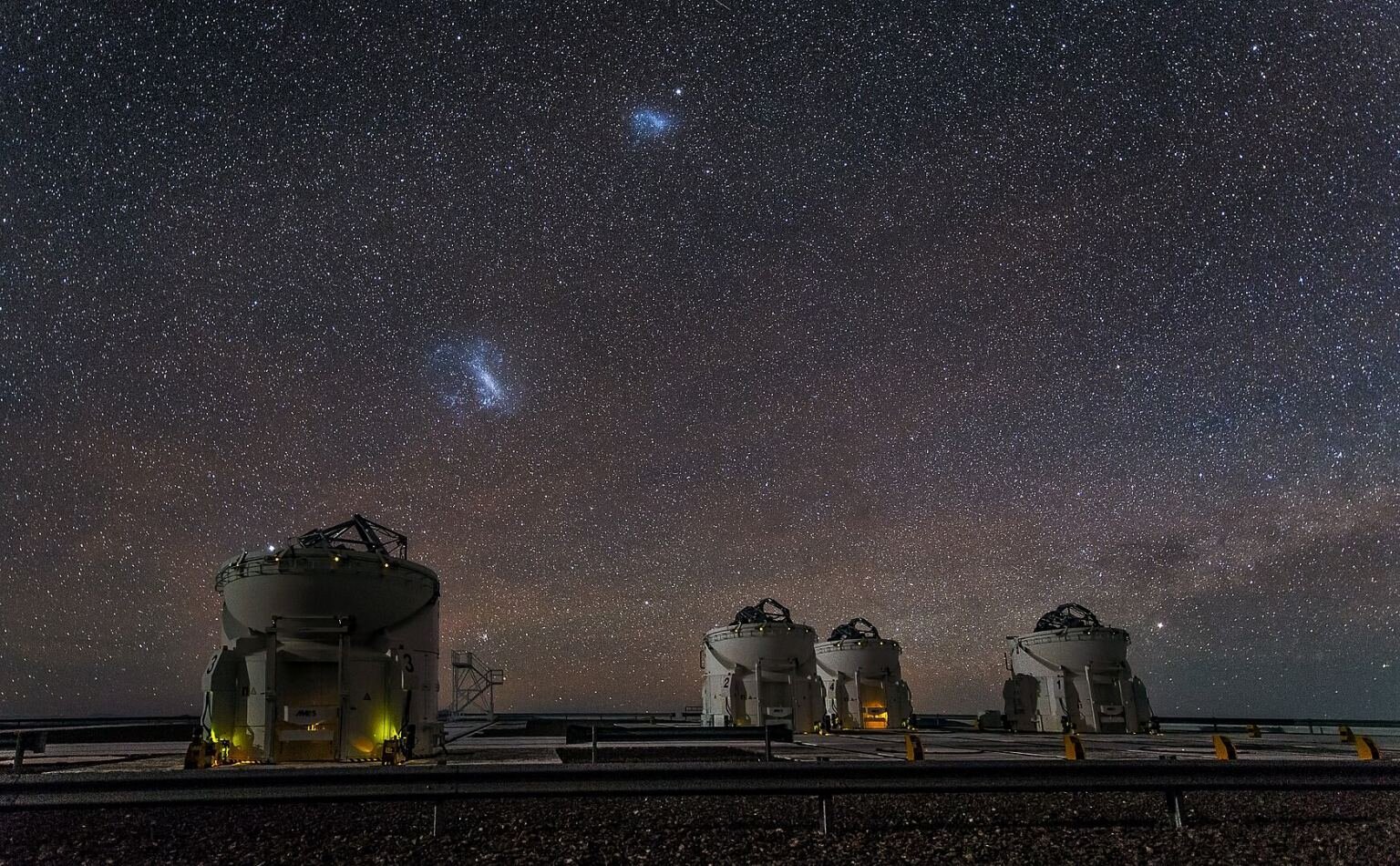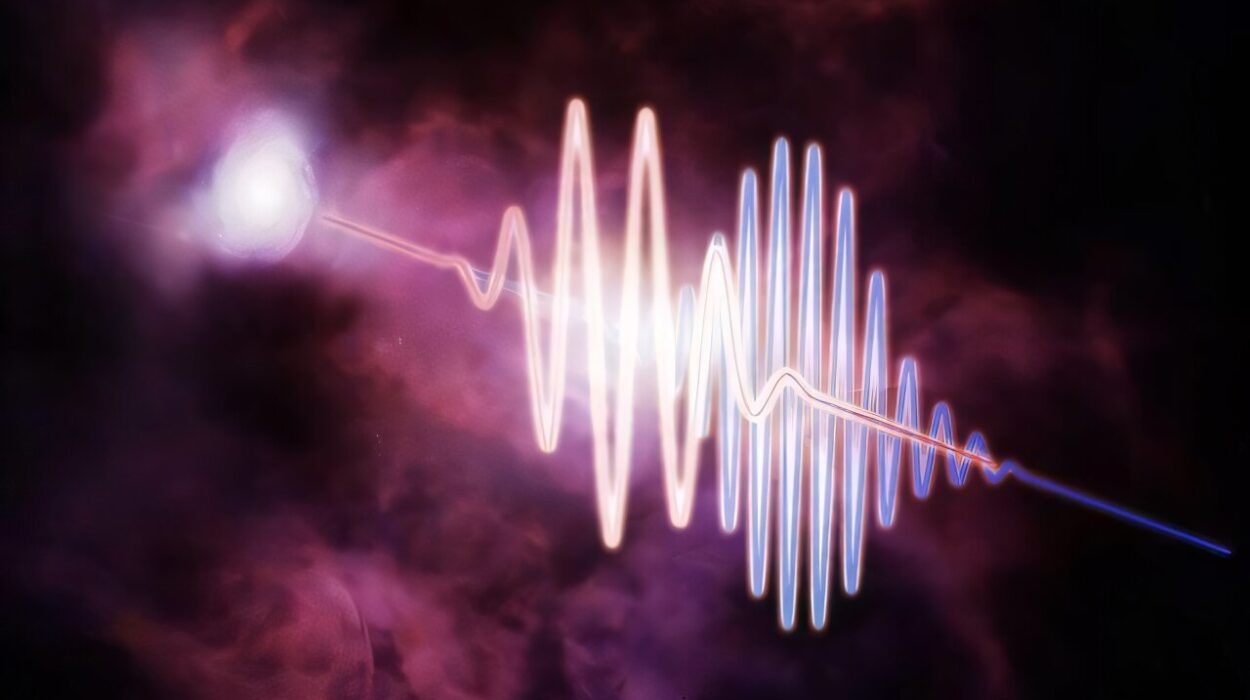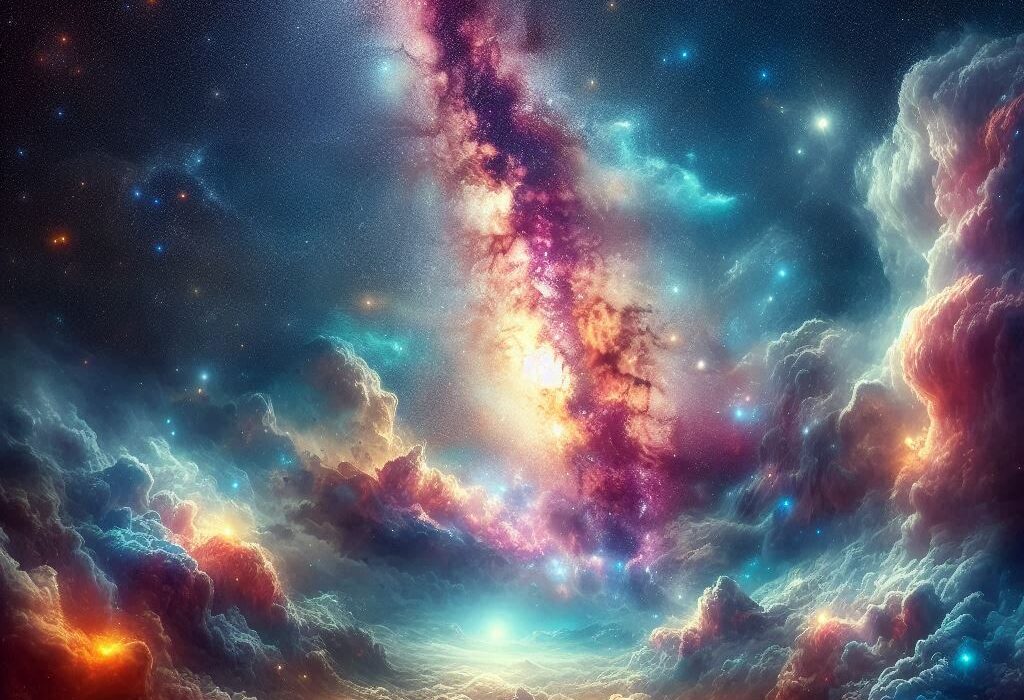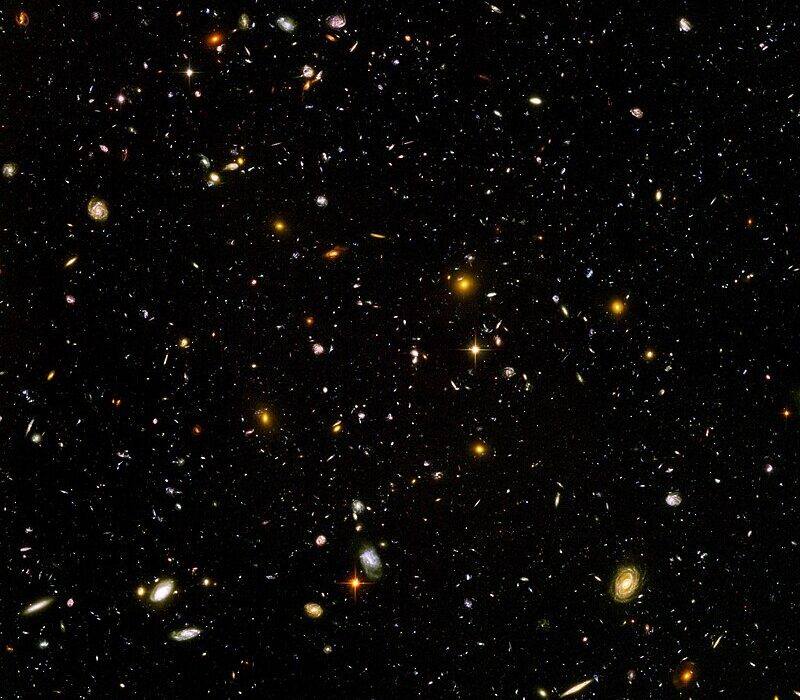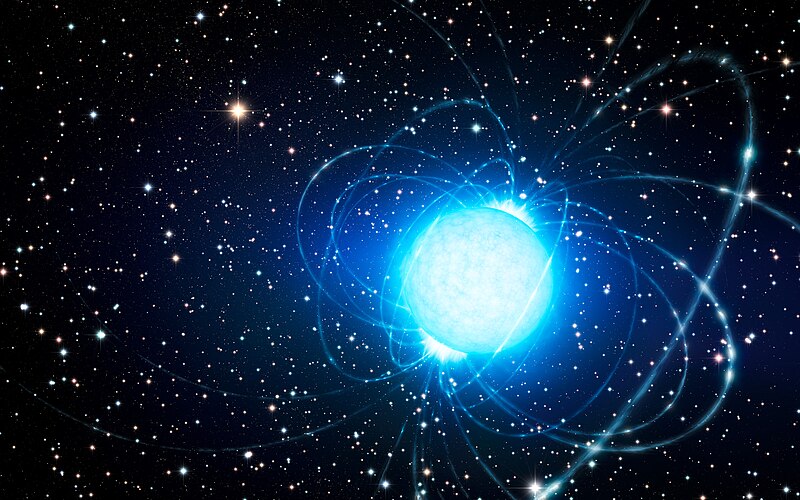The mystery of hypervelocity stars (HVSs) has captivated astronomers for decades. These stars, traveling at speeds far exceeding those of ordinary stars, offer vital clues to the dynamics of galaxies and their supermassive black holes (SMBHs). First theorized in the late 1980s and observed in 2005, HVSs are unique in their ability to surpass the galactic escape velocity, sometimes reaching velocities up to 1,000 km/s, which is ten times faster than the typical stars in the Milky Way. Astronomers estimate that there are around 1,000 hypervelocity stars in the Milky Way. Recent research, however, has upended the previous understanding of their origins, revealing that a significant number of these stars actually come from the Large Magellanic Cloud (LMC), a satellite galaxy of the Milky Way.
Understanding Hypervelocity Stars
Before delving into the new findings, it’s essential to understand what makes HVSs so intriguing. Most stars in the Milky Way travel at velocities around 100 km/s. However, HVSs travel at much faster speeds, sometimes reaching 1,000 km/s. These stars are notable for their speed, and the most exceptional ones exceed the escape velocity of the galaxy, meaning they are traveling fast enough to break free from the Milky Way’s gravitational grip.
The majority of HVSs observed in the Milky Way are believed to have originated from the galactic center, specifically from binary star systems that were disrupted by the supermassive black hole at the center of the Milky Way, Sagittarius A* (Sgr A*). According to the Hills mechanism, when a binary star system ventures too close to the black hole, one star is captured by the black hole, and the other is flung outward at high velocity, becoming a hypervelocity star.
The New Theory: The Role of the LMC’s SMBH
In a surprising twist, a new study has proposed that some HVSs come not from the Milky Way’s center but from the LMC, which has long been considered a much smaller galaxy compared to the Milky Way. In the study, titled “Hypervelocity Stars Trace a Supermassive Black Hole in the Large Magellanic Cloud”, researchers reveal that a significant number of hypervelocity stars observed in the Milky Way can actually trace their origin to the LMC’s own supermassive black hole.
The research, led by Jiwon Han, a graduate student at the Harvard and Smithsonian Center for Astrophysics, uses new data from the ESA’s Gaia spacecraft, which has revolutionized the study of stars by measuring the positions and velocities of over 2 billion objects. The data from Gaia, which tracks stars’ positions with unprecedented accuracy, allowed Han and colleagues to revisit stars previously identified as HVSs and to trace their origins more precisely.
The Surprising Findings: A Link to the LMC
In 2006, researchers conducting an HVS survey discovered 21 unbound B-type main sequence stars traveling at high velocities in the outer halo of the Milky Way. At the time, these stars were assumed to have been ejected from the Milky Way’s galactic center due to the Hills mechanism. However, the new research shows that, upon re-examining the stars with the precise data from Gaia, half of these HVSs trace their origins not to the Milky Way’s center, but to the LMC.
The researchers constructed a model of how stars could be ejected from an SMBH in the LMC, and found that the predicted spatial and kinematic distributions of these stars closely matched those observed. This discovery suggests that the LMC’s supermassive black hole is actively ejecting stars into the Milky Way, some of which become hypervelocity stars.
Why the LMC? A Closer Look at the Supermassive Black Hole
One of the key pieces of evidence that led to this surprising conclusion is the presence of a Leo overdensity, an area toward the Leo constellation where a higher density of stars has been observed. The researchers argue that this overdensity is a remnant of stars ejected by the SMBH in the LMC. Their model suggests that an SMBH with a mass of around 600,000 solar masses in the LMC could be responsible for this population of ejected stars, including those that become hypervelocity stars.
The Leo overdensity provides a direct connection between the LMC’s SMBH and the stars observed in the Milky Way, demonstrating that the LMC’s black hole is not only sending stars into the Milky Way but is also influencing the surrounding stellar populations. The model also suggests that nearly all of the stars in the Leo overdensity came from the LMC, a result that the authors describe as “curious” and indicative of the complex dynamics at play.
The Hills Mechanism and the Dynamics of Ejection
The researchers applied the Hills mechanism to model how stars could be ejected from the LMC’s SMBH. The key parameters in this mechanism include the mass of the LMC, the mass of binary stars, their separation before being disrupted, and their pericenter distance from the SMBH. By simulating the orbits of stars over 400 million years, the researchers were able to predict where the ejected stars would be today.
The results show that a combination of the LMC’s SMBH and the motion of the galaxy itself is responsible for the production of hypervelocity stars. These findings challenge the previous understanding that only SMBHs in larger galaxies, like the Milky Way, could generate hypervelocity stars. The LMC’s SMBH, though smaller than that of the Milky Way, is still capable of launching stars at high velocities.
Implications for Our Understanding of Galaxies
The discovery that the LMC hosts a supermassive black hole capable of producing hypervelocity stars has significant implications for our understanding of galaxies and their evolution. For years, astronomers have assumed that SMBHs are a feature only of large galaxies, with smaller galaxies like the LMC considered unlikely hosts for such massive black holes. However, the new findings suggest that even smaller galaxies may harbor SMBHs capable of ejecting stars into nearby galaxies, such as the Milky Way.
This research challenges existing theories of galactic evolution, which may have overlooked the role of SMBHs in smaller galaxies. If dwarf galaxies like the LMC can contain SMBHs, this could reshape our understanding of galaxy formation and the growth of supermassive black holes over cosmic time.
The Future of Hypervelocity Star Research
The implications of this research extend beyond the discovery of the LMC’s SMBH. The findings emphasize the importance of considering galactic motion when studying hypervelocity stars. It is not only the presence of an SMBH that generates HVSs but also the broader dynamics of the galaxy in which it resides. The combination of stellar ejection by the black hole and the motion of the galaxy itself plays a crucial role in the formation of hypervelocity stars.
As more data from Gaia and other upcoming missions become available, astronomers will be able to refine their models and develop more comprehensive theories about the origins of HVSs. The growing collection of observational data will allow researchers to better understand the detailed mechanics of how stars are ejected from SMBHs in both large and small galaxies.
Conclusion
The discovery that hypervelocity stars can originate from the Large Magellanic Cloud and its SMBH has far-reaching implications for our understanding of galaxies and their evolution. The study of these fast-moving stars is helping astronomers piece together the complex interactions between supermassive black holes, stellar dynamics, and galactic motion. As our tools and techniques improve, the study of HVSs will continue to shed light on the intricate processes that govern the behavior of stars and black holes, helping to answer fundamental questions about the formation and evolution of galaxies in our universe.
Reference: Jiwon Jesse Han et al, Hypervelocity Stars Trace a Supermassive Black Hole in the Large Magellanic Cloud, arXiv (2025). DOI: 10.48550/arxiv.2502.00102
